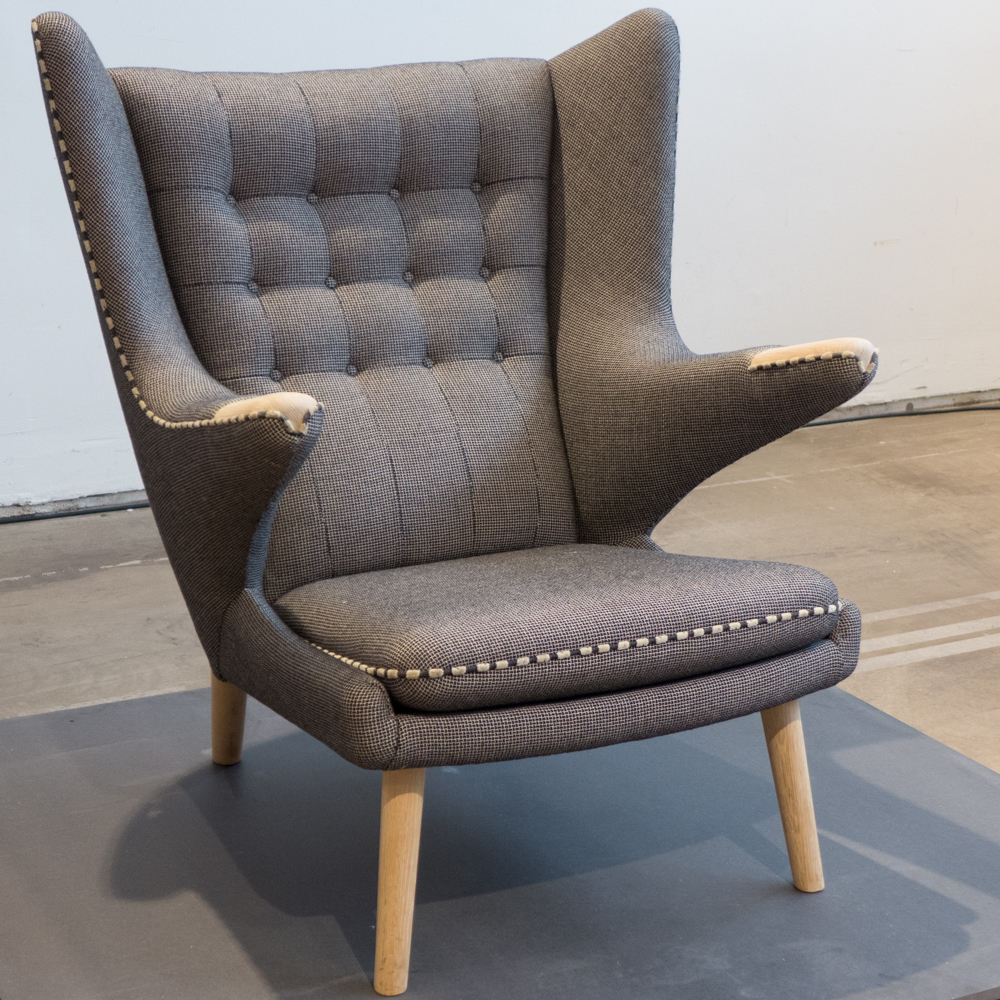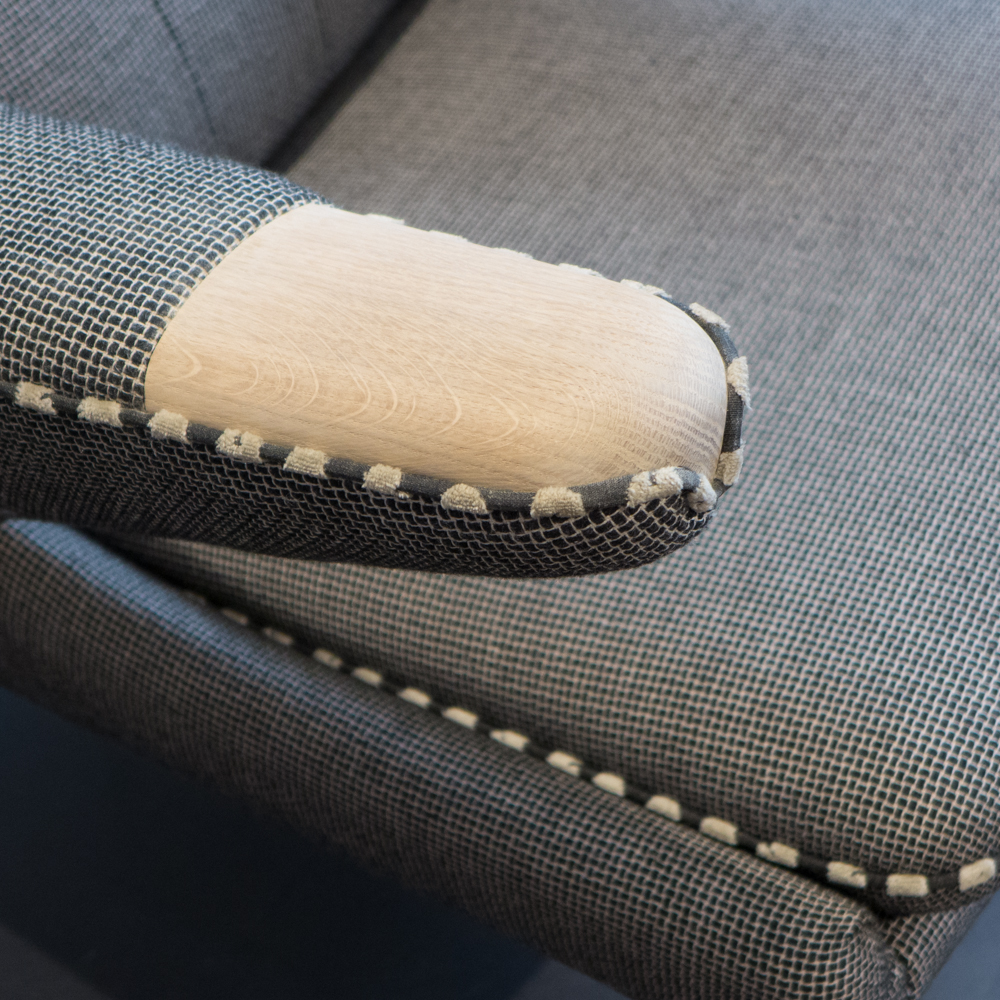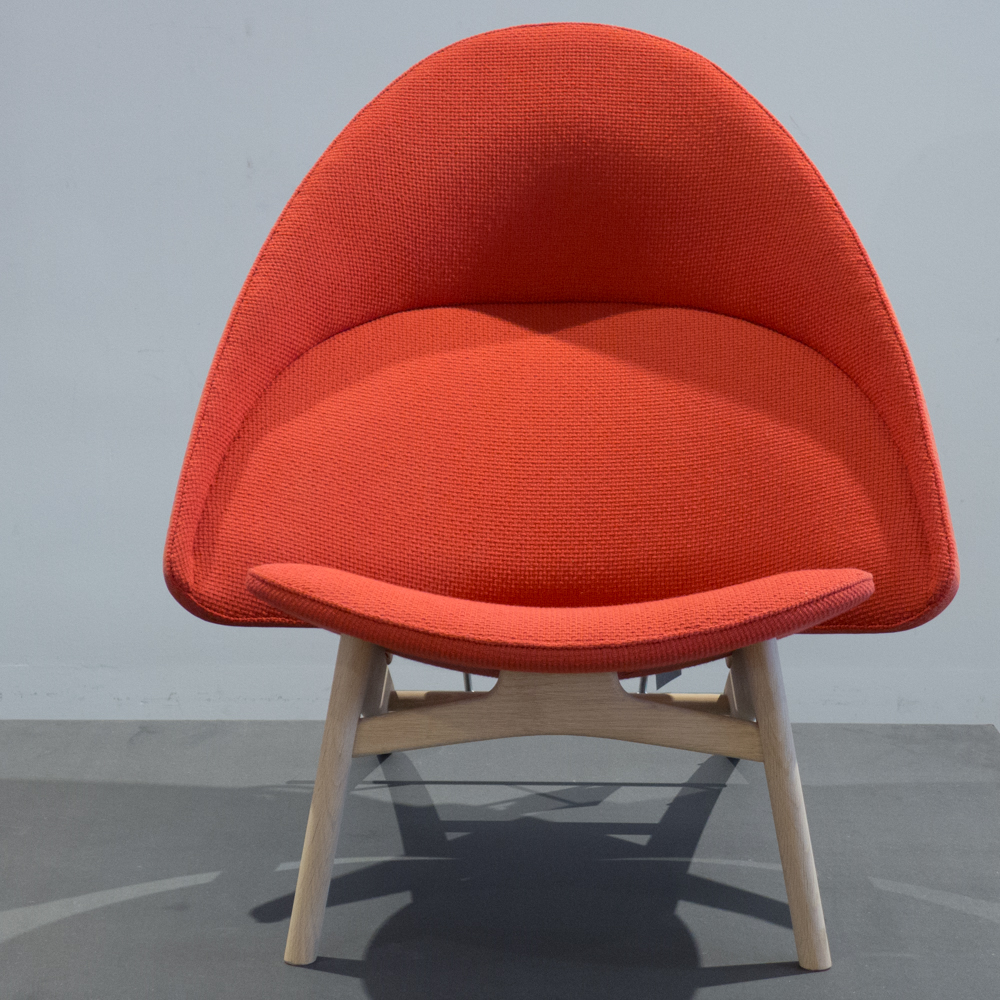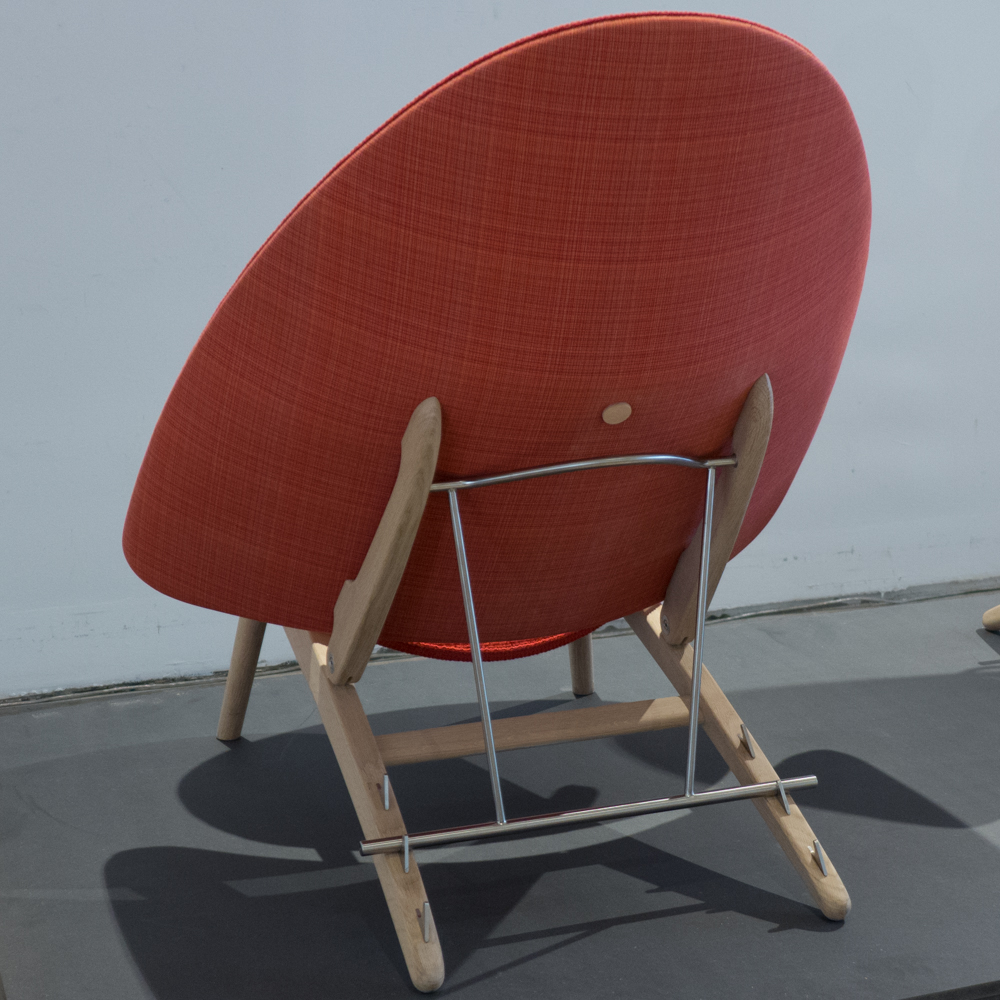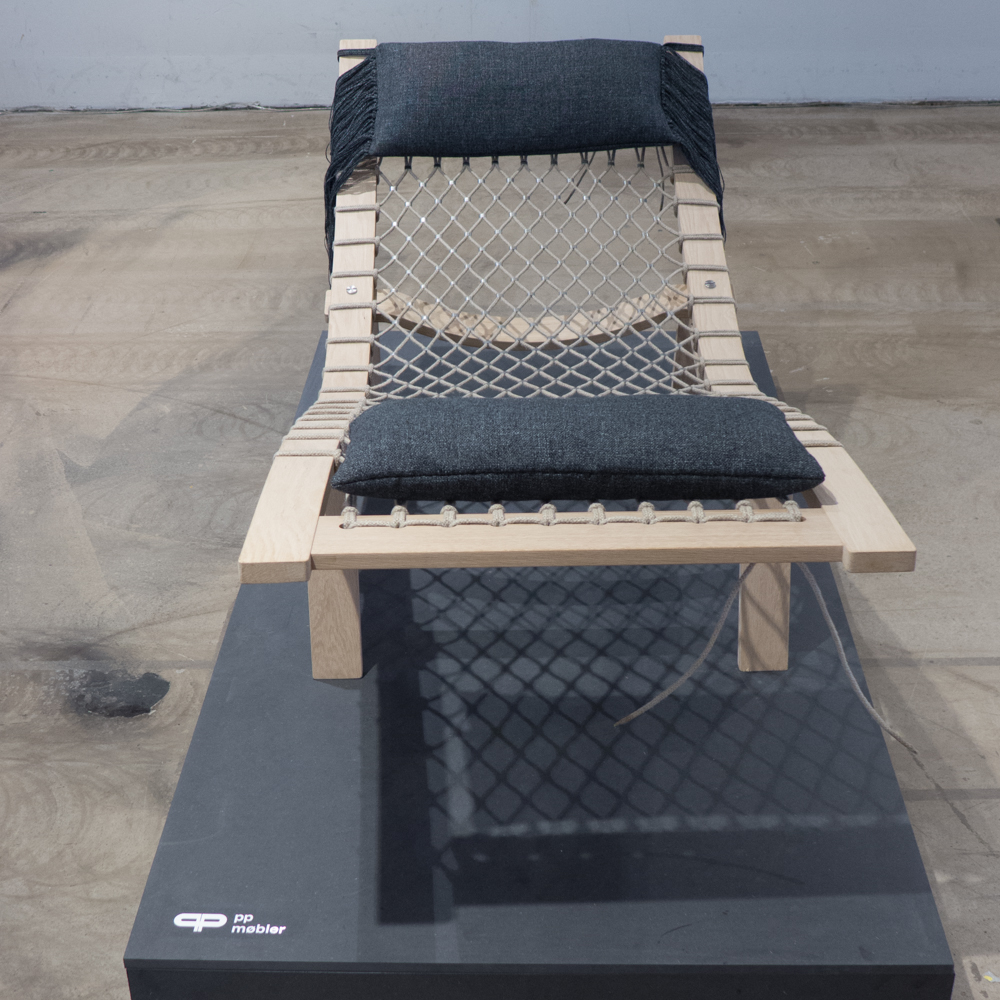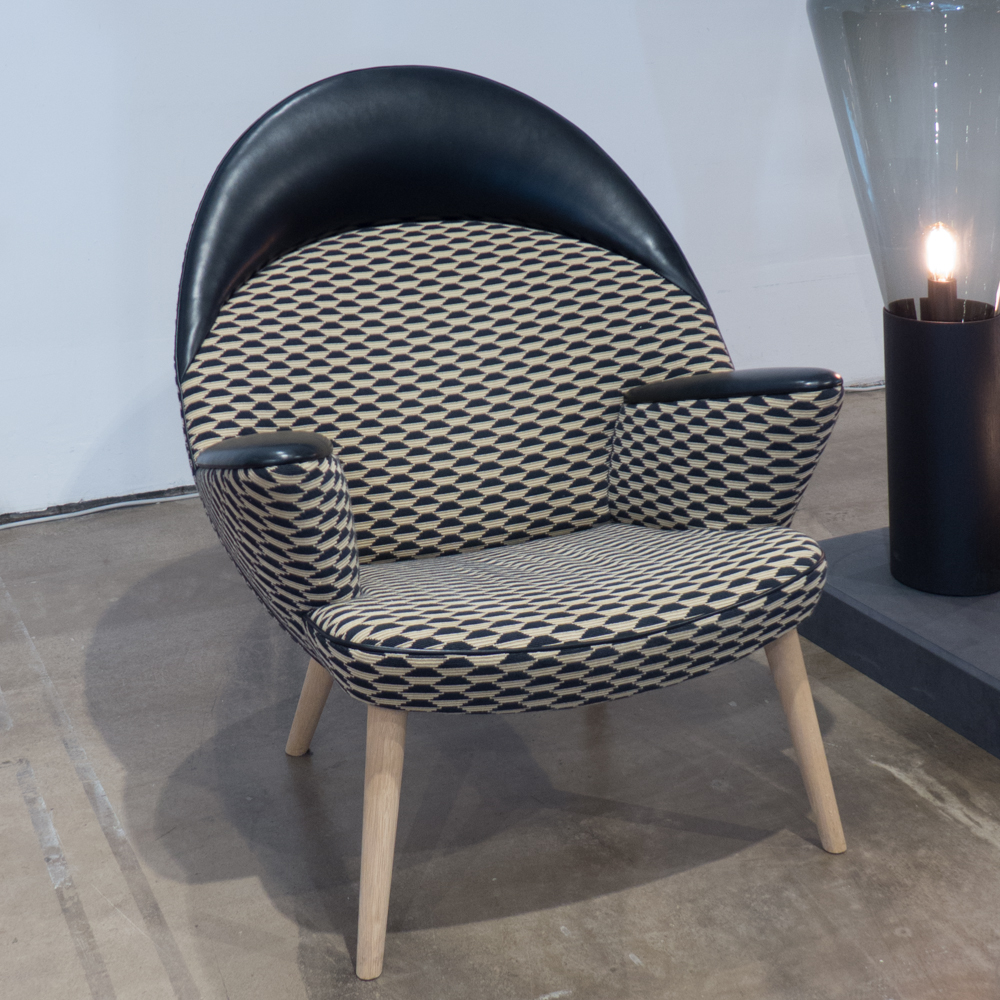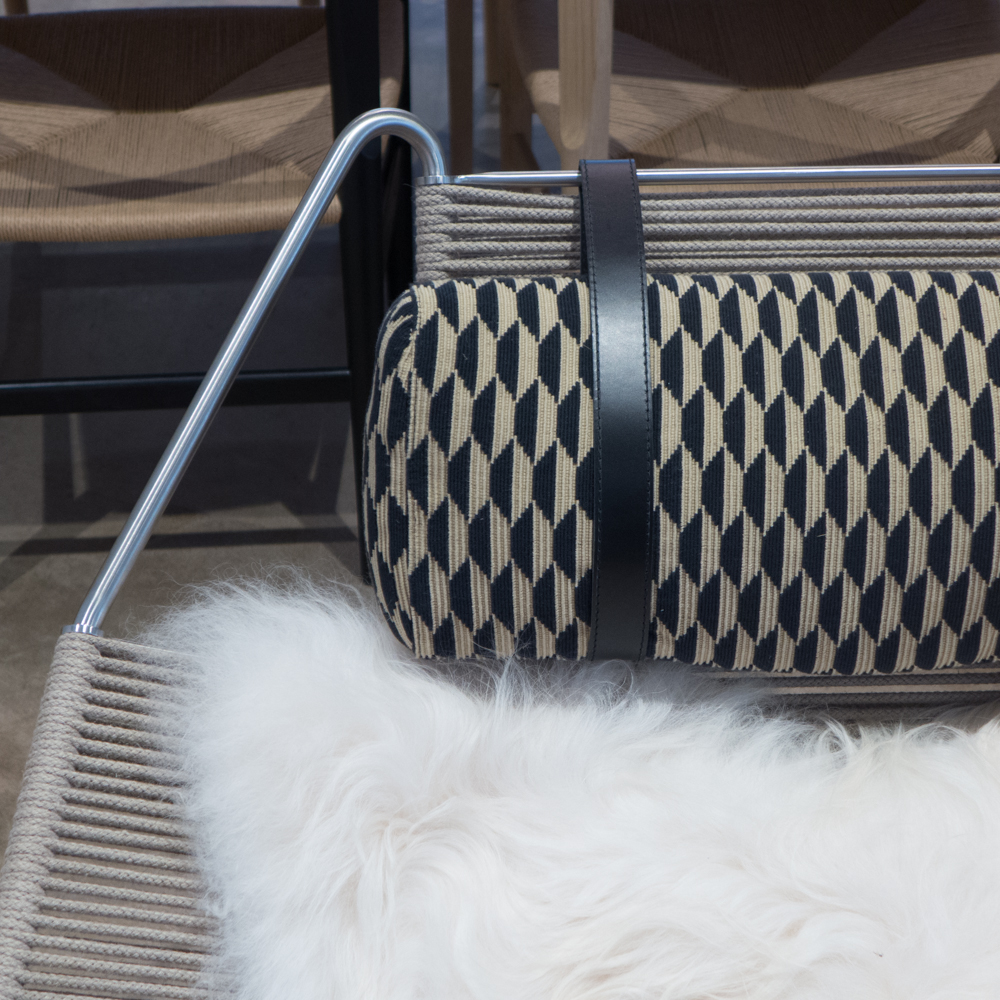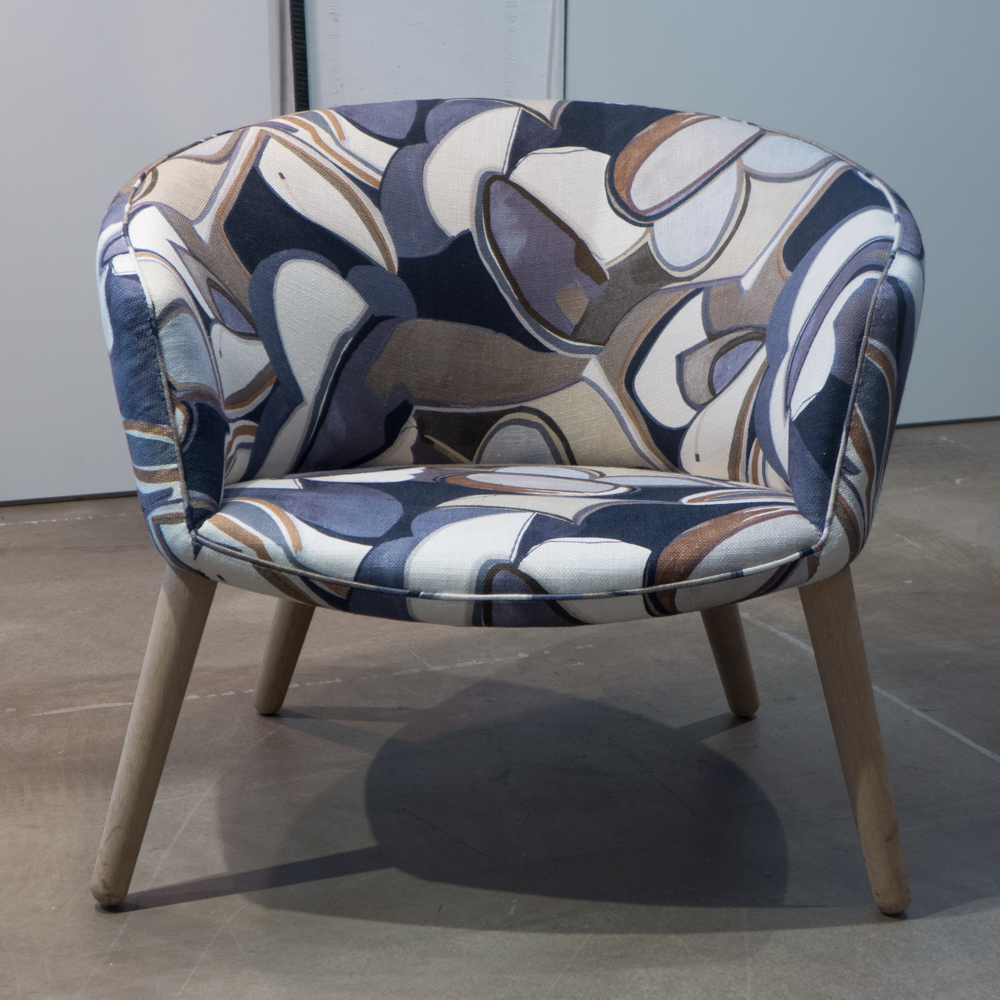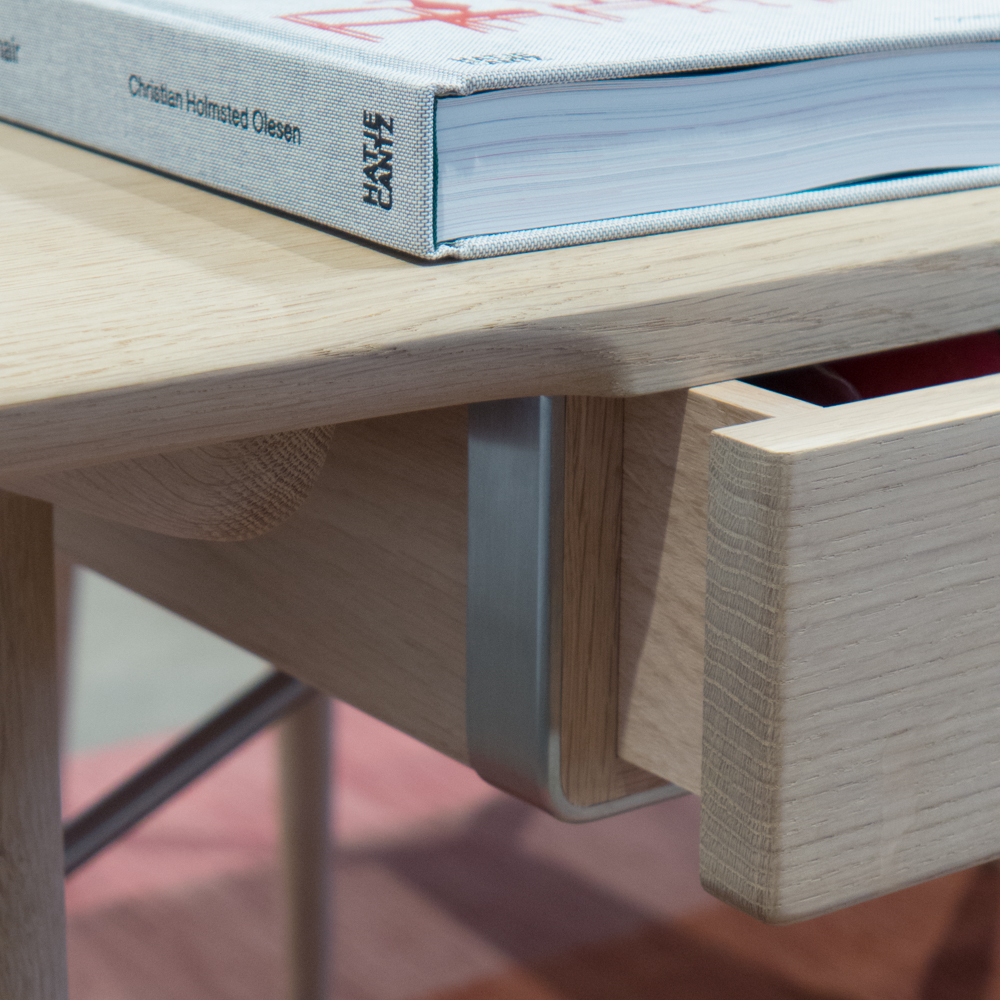Continuing with the theme of manufacturing and the production of design locally or at least regionally - see the post Den Nya Kartan about a project in Skåne in southern Sweden - I was recently contacted about a new ceramic factory that will open early next year on the Danish island of Bornholm.
Den Danske Keramikfabrik will be owned by sixteen ceramicists, professional potters and designers who all have their own small businesses, and their goal is to produce high-quality ceramics at competitive prices not only for themselves but for other potters and designers and design companies. This means that the factory will develop products in close co-operation with skilled craftsmen to balance design, craft skills and technical skills.
There is a tradition of producing ceramics on the island and the new factory will be working in close co-operation with the Bornholm Kunstakademiets School of Design in Nexø.
Initial publicity from the group has set out their aim …. “to create high-quality products based on professionalism, knowledge, curiosity and thorough knowledge of materials, techniques and craftsmanship. The diversity of products range from something unique, sculptural and experimental, to ceramics for everyday use in large and small series with a focus on form and function.”
“Our goal is to become a manufacturer who can sustain Denmark's reputation for good quality-conscious design and design that reflects the respect and knowledge of the material and especially mastery of the ceramic craft.”
They feel strongly that “for Denmark to maintain a leading position in ceramic design, it is essential that we have the knowledge, expertise and understanding of all stages of the design process. Including understanding materials and mastery of techniques.”
In part, this will be achieved by bringing to commercial production the workshop experience of craft potters to ensure “high quality and constant innovation of craft and production methods.”
There will be an emphasis on both reliability, as a manufacturer, quality control and flexibility in the factory so they will be able to produce different quantities of a design, from large runs of one design through smaller orders to unique pieces and with the ability to work on prototypes which need a close collaboration between the designer and the factory. This close working relationship, between designer and producer, and their understanding of the market combined with flexibility on the technical side should mean “rapid adaptability and the quick production of new designs that make it quicker to get to market.”
It will also be important to ensure that production is environmentally sound and ethical so they have already joined the Bright Green Island strategy where the aim is for Bornholm to be CO2 neutral by 2025.
Ethics extend to labelling and the group are already reminding people that actually "Made in Denmark” should not be used for products that are in part made abroad and “Handmade" should not be used by any company where the product has been made in part by machine. “Honesty and transparency of production methods gives final customers the opportunity to choose what products and brands they want to buy.”
Initial publicity talks rightly about a wider and more general need to respect the expertise and the designs of others - so here, from the start, is a strong statement against the growing problem where some factories simply copy the designs of others.




